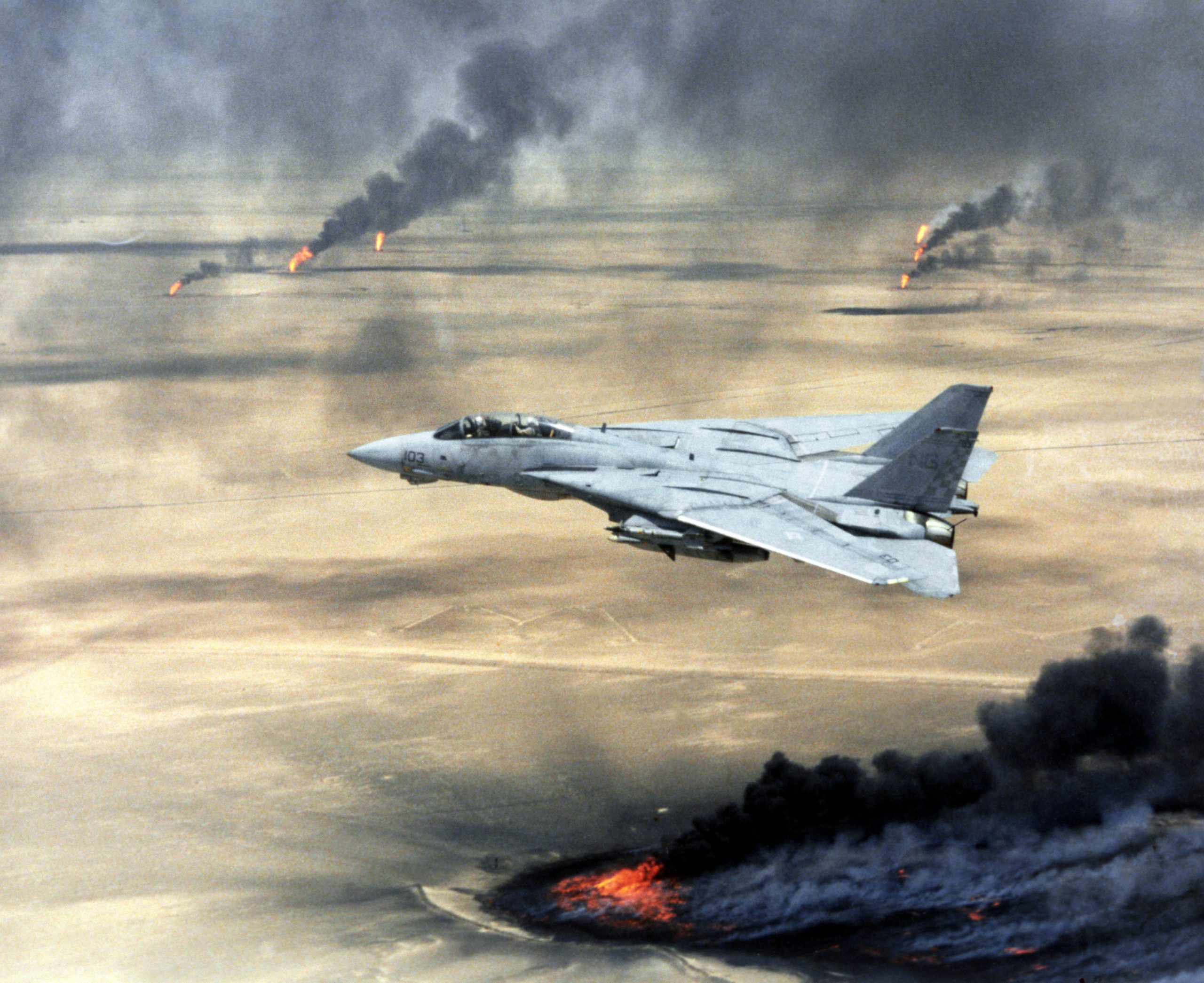

The pilots proved to Hussein that he couldn’t win in the air over Kuwait, took out key defenses and command-and-control centers, ensured troops on the ground wouldn’t be hit by enemy aircraft, and then supported the ground war from Feb.

They decimated Saddam Hussein’s air force, bombing shelters Hussein thought would be impervious to attack. 28, 1991, with coalition forces dropping 88,000 tons of munitions during more than 100,000 sorties. The air war lasted from the day of Fox’s encounter with the bandits, Jan. And complications in the Middle East-from dust storms to pitch-black nights to unfamiliarity with unstudied territory-presented constant challenges. Iraqi pilots had trained with Soviet pilots, as well as fighting in an eight-year war with Iran, leaving them better prepared to fight than anyone expected. People tend to remember Desert Storm as a short, easy war-and compared with the “forever” wars that followed, that makes sense: a 100-hour ground war blip in the annals of history.īut the people who lived through it remember it differently: Months of preparation preceded a month-and-a-half-long air war that left 33 American pilots and their crew members dead.

“So you’re doing this kind of mental math, this mental basketball, ‘OK, where are those guys?’” Fox said. Instead, they had used their ship-referred to as “Zulu”-as the bullseye. But the pilots hadn’t trained much on the bullseye concept in the 1980s, Fox said.


 0 kommentar(er)
0 kommentar(er)
